
The trial focussed on powering down 5G sites when not in use, dramatically reducing their energy consumptionThis week, Vodafone UK and Ericsson have announced the successful completion of a new trial in London that puts 5G and 4G sites ‘to sleep’ when not in use.The trial focused on making better use of network downtime, introducing features that power down equipment when demand is low and reactivate it when needed. It aims to lower energy costs and carbon emissions without compromising network performance.The trial focussed on three power-saving elements: 5G deep sleep: Allows radio units to switch to a low energy mode during quieter periods, cutting power use by up to 70%.4G cell sleep mode: Optimises when 4G sites power down, improving efficiency without affecting coverage.Radio power efficiency map: Identifies sites where power savings can be made.Vodafone also confirmed it is looking at new mast designs that could reduce the number of physical sites and street-level cabinets needed in some areas.“By working with Ericsson to successfully apply these innovative software solutions...


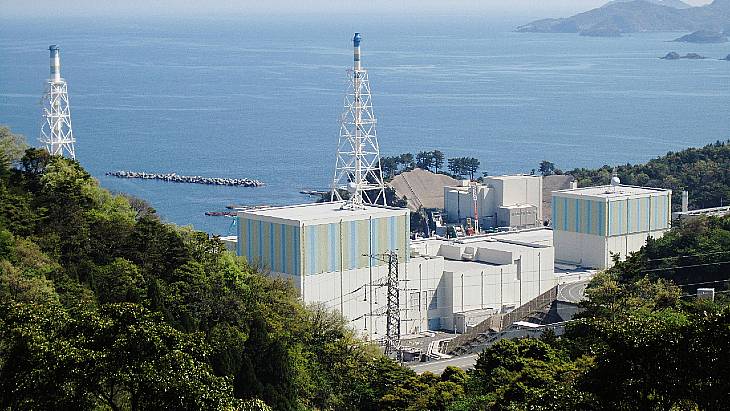
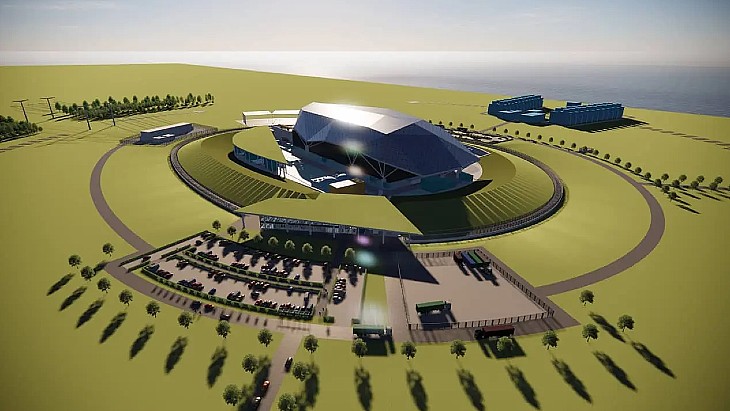

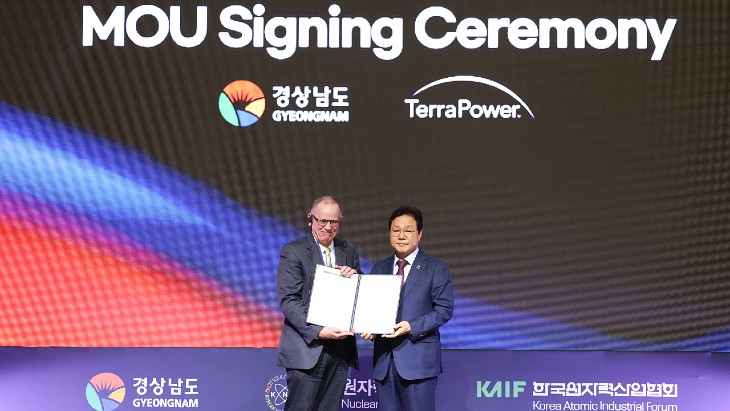
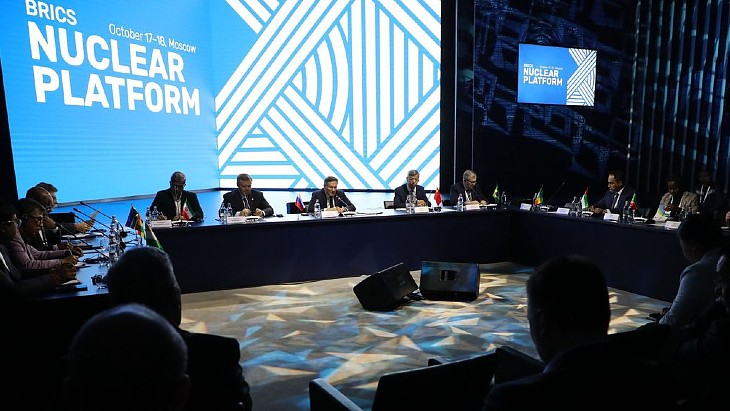
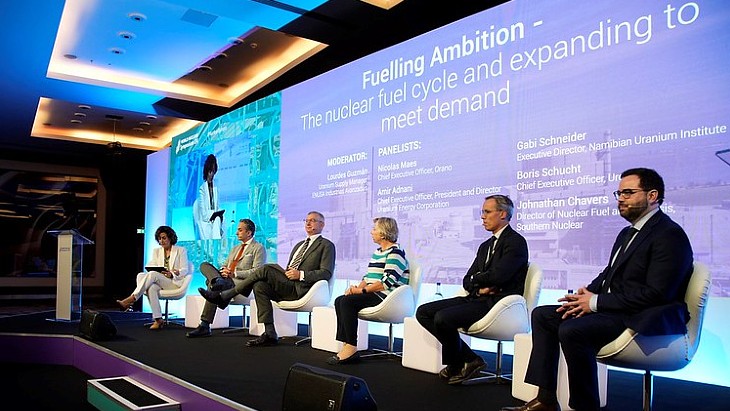
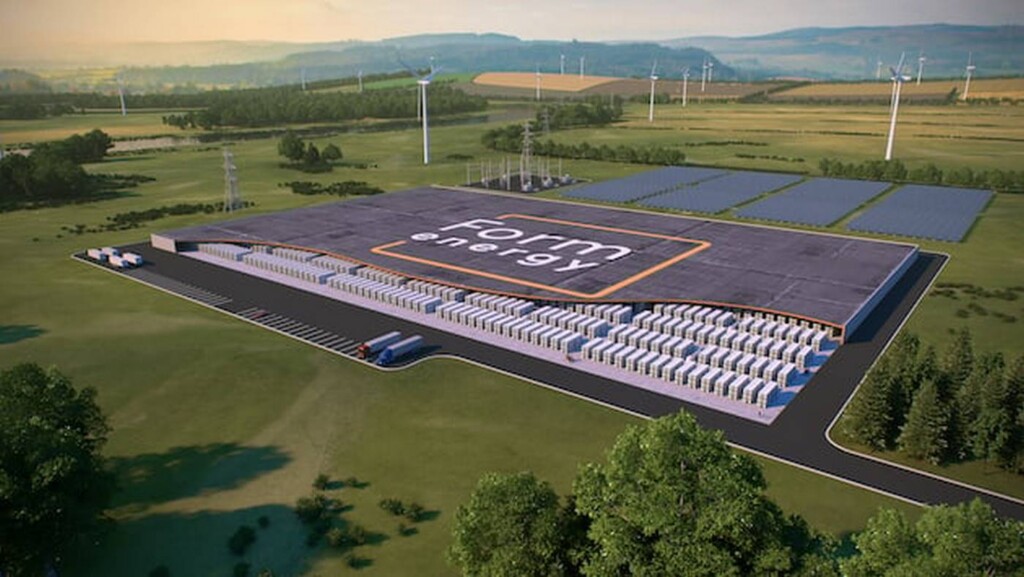



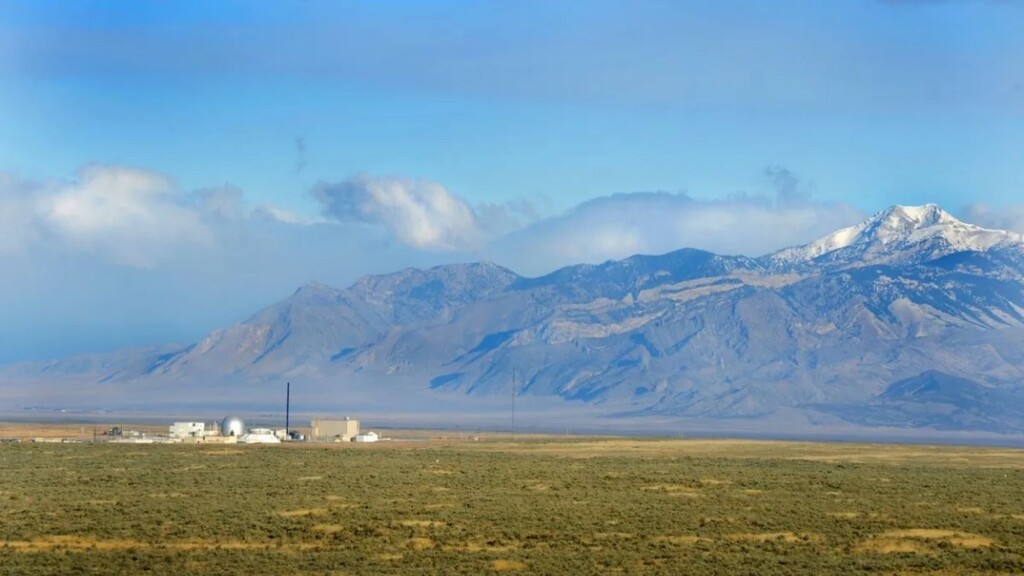


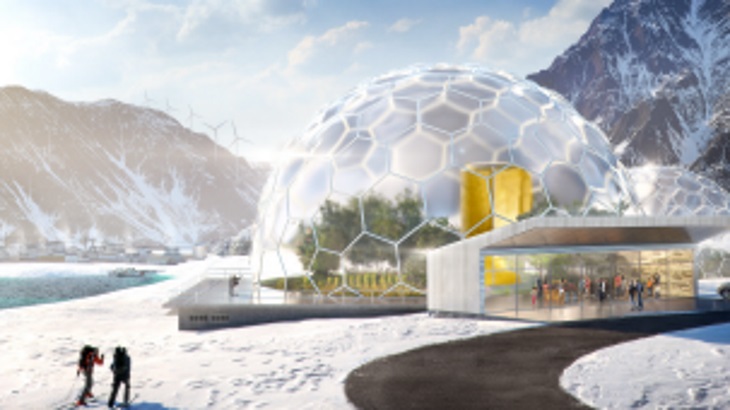
.jpg?ext=.jpg)